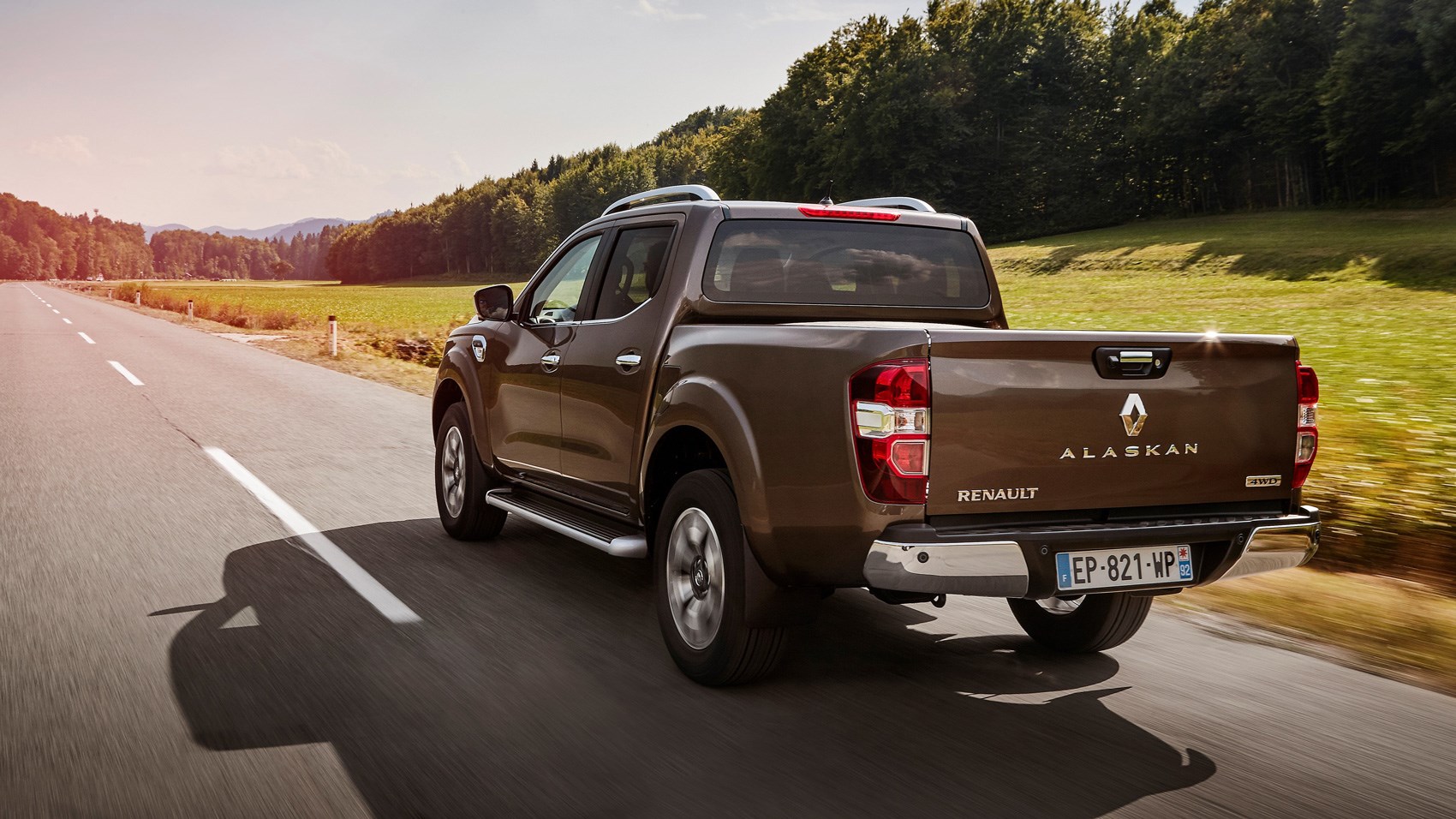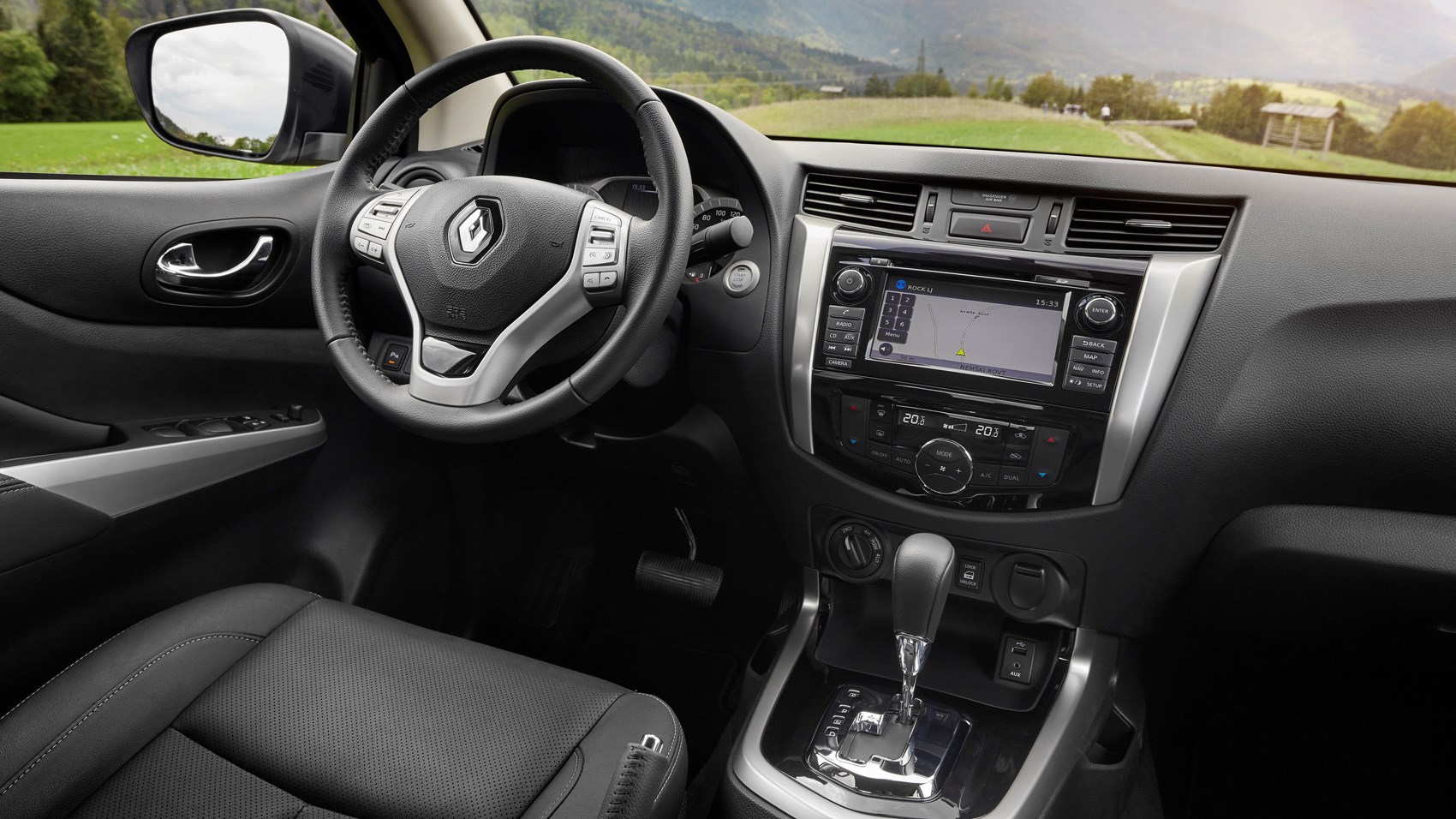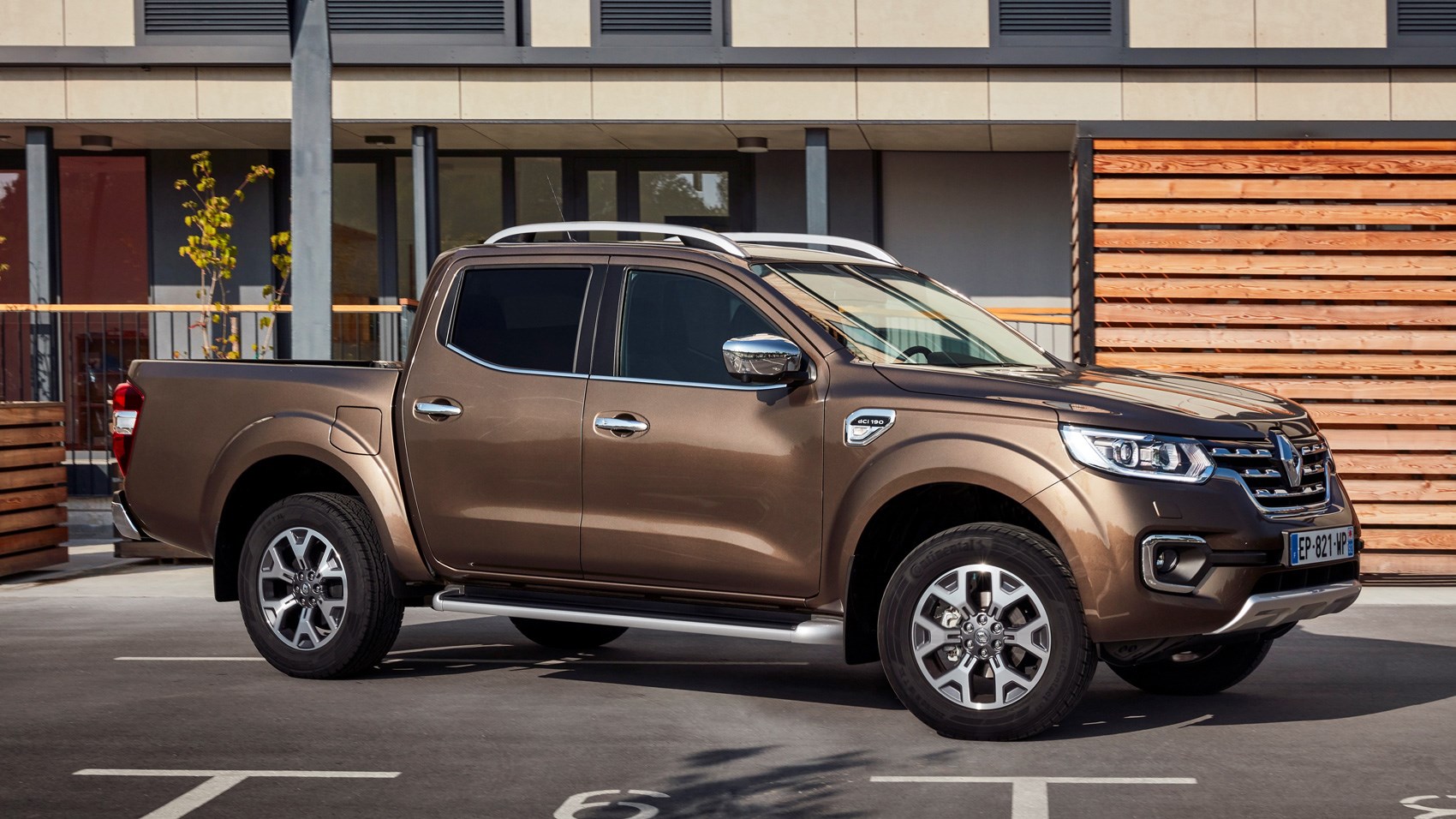► Renault Alaskan pickup driven
► French-faced Nissan Navara
► Plenty of performance but rugged ride
Pickups are big business globally, which is why more and more manufacturers are trying to get in on the action. One of the latest is Renault, which has recently launched its Alaskan pickup into Europe, after an earlier debut in Latin America in 2016.
But Europe in this instance does not include the UK – the Alaskan’s launch here has been delayed, possibly indefinitely, as Renault tries to make sense of the business case. Should we be bothered? We grabbed a quick go in one in France to find out.
The Alaskan looks strangely familiar…
To be fair to Renault it’s given the Alaskan a great nose job – but as with the rest of the car world, much of the pickup segment is rather inbred these days. This French truck is actually a Japanese one.
Like the Mercedes X-Class, the Alaskan is based on the Nissan Navara, uses the same pair of 2.3-litre engines and has the same multi-link rear suspension design, which employs car-like coil springs in place of the cart-spec leaf springs most rivals still favour (for strength, it has to be said).

Unlike the X-Class, however, there is no fancy-pants re-engineering at work here. Aside from that handsome face and a minor makeover for the tailgate and rear light clusters, the Alaskan appears to be a Navara through and through.
On the inside, for example, the only difference is the Renault badge on the steering wheel.
Is that good or bad?
In general pickup terms, pretty good. The Navara has one of the sharper driving experiences, can tow 3.5-tonnes and offers over 1,000kg of payload capacity – key pickup stuff. Therefore ditto the Alaskan.
The cabin is solidly built and relatively SUV-like, and the double cab bodystyle gives you four doors and plenty of room for four adults – five at a push.

Supposedly the seat design was even ‘inspired’ by NASA, which is not something you get to write every day. Judging by the Navara that sadly doesn’t necessarily make them hugely comfortable over long journeys. But our jaunt in the Alaskan was a relatively short one, so what the hell.
What’s the Renault Alaskan like to drive?
What the Alaskan doesn’t offer is quite the same level of driving – or interior – polish as the X-Class or, in some respects, the VW Amarok. To an extent this is excusable, since it’s not likely to command pricing in the same premium league as either of those rivals.
The Renault is also faster and more fuel efficient than the Mercedes, so there’s that. It also has the economy advantage over the Volkswagen, but who cares when every Amarok is now fitted with a grunt-tastic 3.0-litre V6.
Anyway, keeping up the Mercedes comparison, the Renault’s engine is noisier, the ride quality more irritable and the body roll generous to the point of excessive. The steering is weighty but numb, and while the top spec 187bhp twin-turbo dCi certainly isn’t lacking in motivational spirit, given 332lb ft from 1,500rpm, the gearing means you won’t be leaving many things standing at the traffic lights. Thank goodness.

The optional seven-speed automatic does at least prevent you from having to deal with the ponderous action of the six-speed manual, though, and there is a precision and accuracy to the chassis that makes the Alaskan easier to stomach than many of its ilk.
Switchable four-wheel drive and plenty of ground clearance come as standard, but this is not a truck that’s afraid of tight city streets.
Verdict
It looks neat, drives better than most rivals and also benefits from one of the most efficient pickup powertrains on the market; it would also likely be priced competitively rather than outlandishly (hello Ford Ranger, rather than you must be kidding Mercedes). Renault also has an extensive commercial dealer network that could offer convenient servicing times for the thing.
So for people who actually need a vaguely smart-looking pickup, the Alaskan’s absence from the UK is a bit of a shame. But suspecting that hollow diamond badge isn’t likely to offer the same lifestyle kudos as the rugged Japanese establishment or the posh German heavy metal players, we can understand Renault’s reluctance to take the chance.